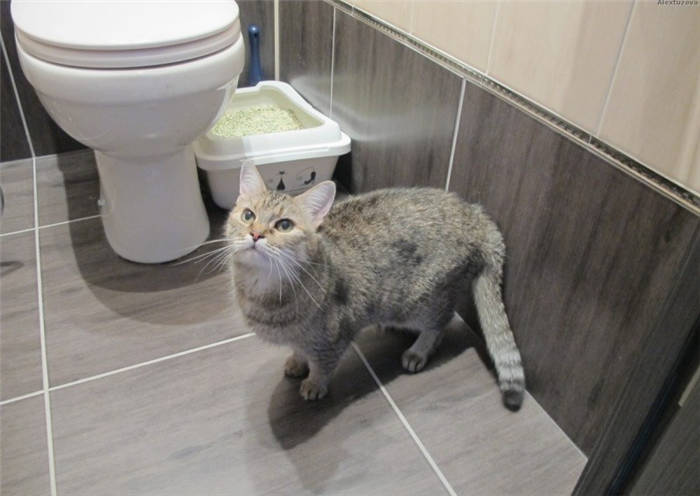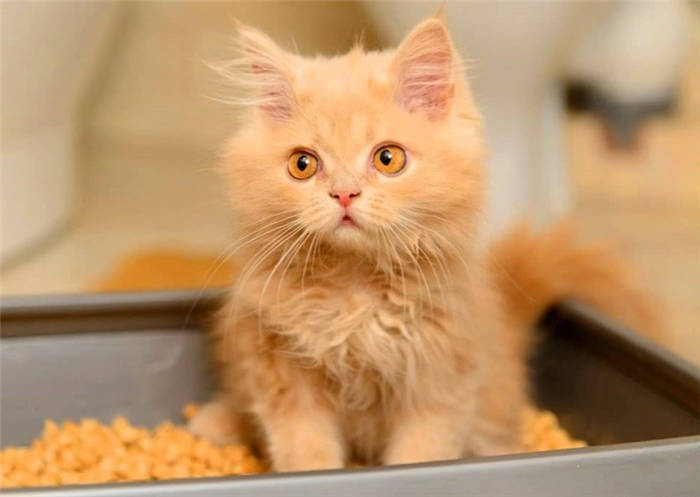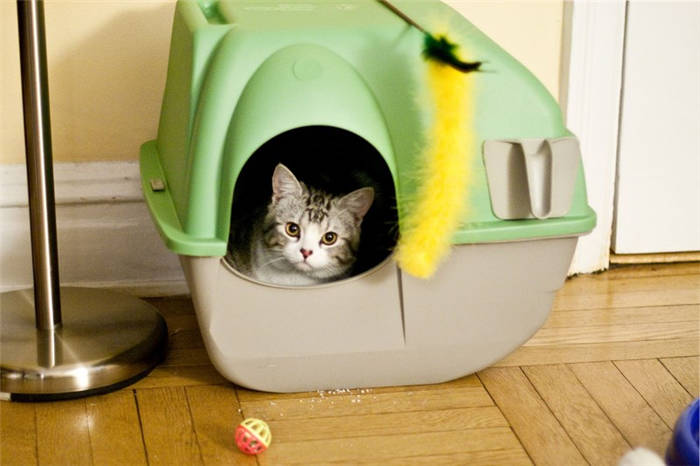What owner would put up with a cat peeing on the bed or just past the litter box? Many owners simply can't stand it and get rid of their pets, considering this behavior a bad habit that can't be eradicated. In support of their arguments, owners say that even the harshest punishments do not help with the behavior of the cat, so what can be done? Some owners are convinced that by making a puddle on the bed, the cat is taking revenge. Simply put, they often look for a personal subtext to the problem, which is not the case.

How to teach the cat to pee in a wrong place: expert advice and recommendations
There is an opinion that it is very difficult to wean a cat from peeing in the wrong place: "If a cat happens to pee on the carpet, the smell will stay, and you can't get rid of it, and the cat will never be re-trained". Does this statement sound familiar? By the way, for this contrived reason, quite a few people do not have pets. Let's see if everything is so categorical.
It's not hard to guess that timely kitten education solves a lot of problems. There are a number of ways to accustom the cat to the litter box and even to the toilet, only one "but", it must be done in time. The optimal time depends not on the age of the pet, but on how long it has been living in your house. That is, it is not so important whether you took a kitten or an adult cat, to teach her "toilet etiquette" immediately after moving into a new home.

The first and main factor for success is Choosing the right litter box. Important are size, depth and design. For domestication it is better to use open deep litter trays with sides and without netting. In some cases the cats will ignore the open litter box and in that case the only alternative is to buy a bio-toilet (a house with a roof and a litter box).
The second factor is is filler. Globally speaking, cat litter box fillers can be divided into: sand, sawdust and other products. Everything is clear with the first two, the third is pellets with a certain moisture-absorbing chemical composition (most often silicone). In some ranges there are fillers with flavorings.
Some owners prefer the old-fashioned way to accustom cats to the sand (construction), paper, sawdust (not pressed) or soil. There is some sense in this, but we will talk about it below.
Important!!! If you adopt an adult cat with claws removed, it will most likely be painful for her to step on any filler! In this case, the pet is immediately accustomed to a litter box with a mesh.
Physiological reasons
Suppose that your cat has always gone to the litter box and started peeing wherever for no apparent reason. Naturally, such antics will cause resentment, and should cause concern. Cats are naturally very clean and do not tend to dirty their homes. Puddles, appeared in the dwelling may indicate a number of disturbing diseases, most often we are talking about renal failure in the broad sense.
Urinary incontinence. – Your cat may not be making puddles on purpose! Usually, animals with urinary incontinence, leave wet footprints where they sleep or sit. If you notice that the cat has been urinating on the sofa you should first of all visit the veterinarian, and only after that (if the cat is healthy) begin to correct the behavior. Causes of urinary incontinence are related to injuries or diseases of the spine, inflammatory processes (not necessarily kidney), old age. Congenital ureteral ectopia should also be referred to this point.
Stress – If the cat has started to go to the toilet in a flower pot or other inconvenient, unusual and illogical place, the matter is probably stress. Perhaps the purr is jealous of the new pet, bored, worried about the illness of a family member. Cats can get jealous of newborn babies and make puddles on the baby's things or in the playpen. Stress can and should be managed because it weakens the cat's immune system and can be a "catalyst" for another disease.
Urolithiasis(IBC) – older and genetically predisposed cats (especially those on cheap, dry food) suffer from kidney, bladder or ureteral stones all over the place. The cat has painful urges to urinate, but cannot urinate. She squats down and literally squeezes a few drops of urine out of herself, while grunting or screaming in pain.
Cystitis – Inflammatory process, accompanied by symptoms similar to IBC. Many owners have noticed that a cat with cystitis pees past the litter box while in it or tries to urinate in an unnatural position, such as standing.
Physiological causes
The first and most common cause, other than tagging, is restlessness. The expression of feelings in such an original way can be caused by a variety of factors affecting the cat from the outside. Before settling on this reason, you should make sure that you have not missed any important nuances. Even if the cat occasionally pees on the bed, that is, does not pest on a regular basis, you need to visit the doctor. By the way, even if the cat does not pee in the bed, but also does not go to the litter box, you still need to see a doctor!
Causes of a physiological nature are identified by urinalysis and ultrasound examination of the genitourinary system. The doctor may prescribe more detailed examinations if the examination reveals suspicious symptoms. Most often the examination reveals cystitis or urolithiasis in a cat that has begun to urinate on the owner's bed. The cat's motivation is obvious – it hurts to go to the litter box, so you need to find a more comfortable place to toilet.
Important! You may decide that it is not necessary to do tests, because the cause is clearly a vicious behavior, but this is a very grave mistake. If the cat pees on the bed, even re-education should be discussed with the doctor, because there is always a reason for this habit and it must be dealt with purposefully!
Rules for choosing a litter box
The second most popular cause of incorrect behavior is An uncomfortable litter tray. You should start with the litter box, which should be clean. The litter box should be cleaned daily, and if this is not possible, the cat should be trained to go to the stack or to the toilet. If the filler is visually clean, it does not need to be thrown away, but it is worth a little loosening. There's some simple logic at work here, which litter box would you choose? A clean and smelly one, or a stinky one with (you know what) dirt on the floor? That's how a cat chooses a clean, nice smelling bed.
Note! A cat may refuse to go to the litter box when the litter, its fraction, type or smell changes.
Have you ever wondered why cats are relatively unproblematically accustomed to the litter box and go to it all their lives? No, it's not about submission to humans, it's about instinct – not to go to the toilet where the nest is, not to attract the smell, that is to bury it behind you. Now let's imagine that the litter box is dirty, how will the cat see that? As a calling siren to a large four-legged hunter who lays out his prey by smell. Even if you regularly remove "lumps" of wet sand or pellets, the contents of the litter box should be completely changed and washed at least once every 4 weeks.
Important! Cats with claws removed are painful to step on the litter, which is often a major source of behavior problems.
- Size – The litter box should be comfortable in length and deep so that the cat can turn and dig freely in it. According to a very rough "estimate," the length of the litter tray should exceed the length of the cat's body (not including the tail) by 50%.
- Location – not in a draught and not in plain sight, cats also value privacy. Especially shy individuals need a closed litter box (with a roof and walls) and only then, there will be no lapses. Some cats, on the contrary, do not like the roof or the grid – it is very individual and it is found out by experience.








